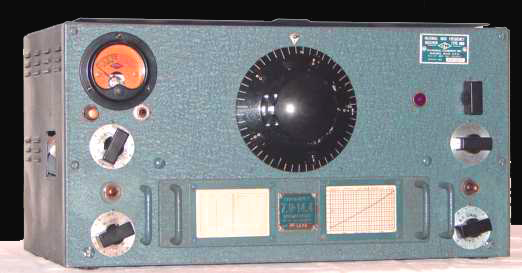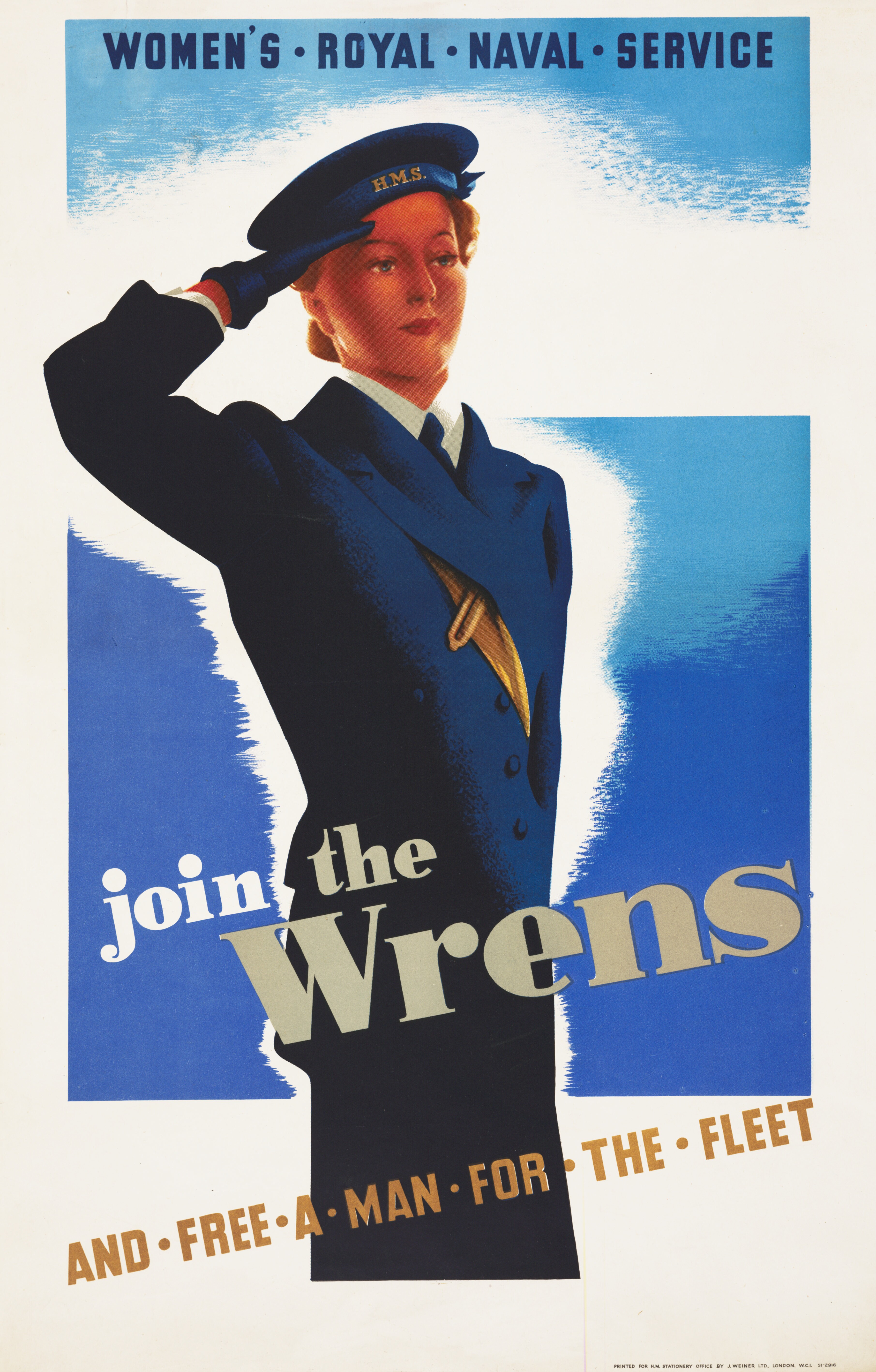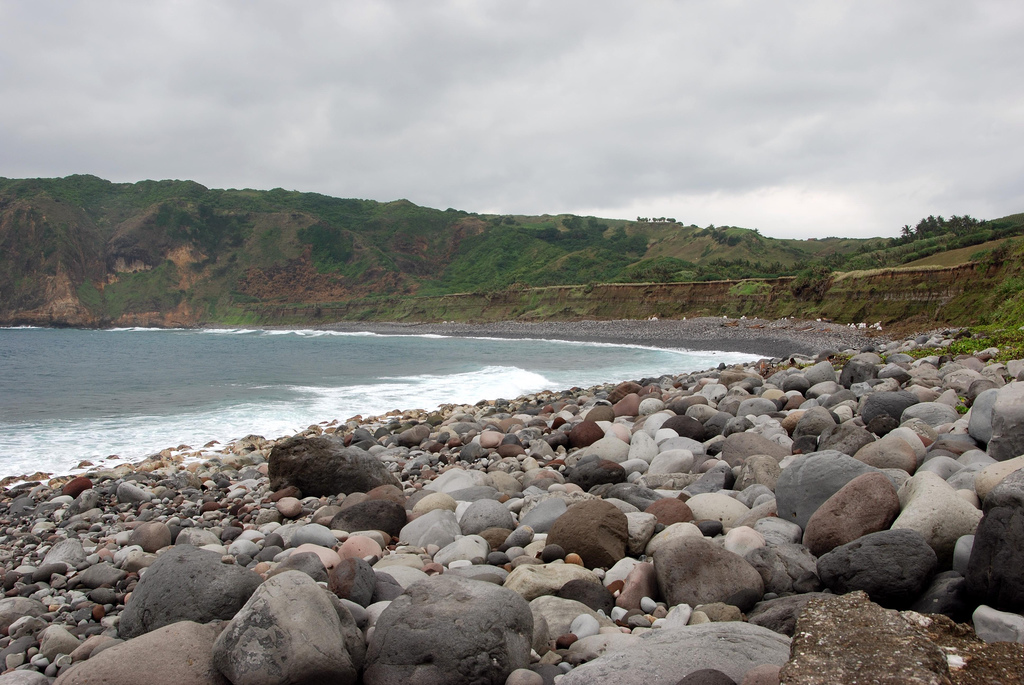|
Beeston Hill Y Station
Beeston Hill Y Station was a secret listening station located on the summit of Beeston Hill, Sheringham in the English county of Norfolk. The chain of Y stations were the front line of the War Office's Bletchley Park, which had the code name station X. Description This Y Station was a specially constructed wireless interception facility which was also used for direction finding on enemy wireless transmissions. This became particularly important in the Battle of the Atlantic (1939–1945) where locating U-boats became a critical issue. Admiral Dönitz told his commanders that they could not be located if they limited their wireless transmissions to under 30 seconds, but skilled direction finding operators were able to locate the origin of their signals in as little as 6 seconds. There were several of these stations around the east coast, and by triangulating the signals the exact location of enemy shipping could be pinpointed. Operation The equipment used for direction fi ... [...More Info...] [...Related Items...] OR: [Wikipedia] [Google] [Baidu] |
Sheringham
Sheringham (; population 7,367) is a seaside town and civil parish in the county of Norfolk, England.Ordnance Survey (2002). ''OS Explorer Map 252 - Norfolk Coast East''. . The motto of the town, granted in 1953 to the Sheringham Urban District Council, is ''Mare Ditat Pinusque Decorat'', Latin for "The sea enriches and the pine adorns".Town Crest and motto Retrieved 7 March 2013 History The place-name 'Sheringham' is first attested in the Domesday Book of 1086, where it appears as ''Silingeham''. It appears as ''Siringeham'' in 1174, and ''Scheringham'' in the ''Book of Fees'' (''Liber feodorum'') in 1242. The name means 'the homestead of Scira's people'. Historically, the parish of Sheringham comprised the two villages of Upper Sheringham, a farming community, and Lower Sheringham, which combined ...[...More Info...] [...Related Items...] OR: [Wikipedia] [Google] [Baidu] |
Ultra (cryptography)
Ultra was the designation adopted by United Kingdom, British military intelligence in June 1941 for wartime signals intelligence obtained by breaking high-level encrypted enemy radio and teleprinter communications at the Government Code and Cypher School (GC&CS) at Bletchley Park. ''Ultra'' eventually became the standard designation among the western Allies of World War II, Allies for all such intelligence. The name arose because the intelligence obtained was considered more important than that designated by the highest British Classified information, security classification then used (''Most Secret'' and so was regarded as being ''Ultra Secret''. Several other cryptonyms had been used for such intelligence. The code name "Boniface" was used as a cover name for ''Ultra''. In order to ensure that the successful code-breaking did not become apparent to the Germans, British intelligence created a fictional MI6 master spy, Boniface, who controlled a fictional series of agents throug ... [...More Info...] [...Related Items...] OR: [Wikipedia] [Google] [Baidu] |
Radio Security Service
MI8, or ''Military Intelligence, Section 8'' was a British Military Intelligence group responsible for signals intelligence and was created in 1914. It originally consisted of four sections: MI8(a), which dealt with wireless policy; MI8(b), based at the General Post Office, dealt with commercial and trade cables; MI8(c) dealt with the distribution of intelligence derived from censorship; and MI8(d), which liaised with the cable companies. During World War I MI8 officers were posted to the cable terminals at Poldhu Point and Mullion in Cornwall and Clifden in County Galway, continued until 1917 when the work was taken over by the Admiralty. In WW2, MI8 was responsible for the extensive War Office Y Group and briefly, for the Radio Security Service. History MI8 was the signals intelligence department of the War Office that ran a worldwide Y-stations network. Additionally, for an 18-month period, from late 1939 to mid 1941, it also ran the Radio Security Service, under the de ... [...More Info...] [...Related Items...] OR: [Wikipedia] [Google] [Baidu] |
National Radio Company
The National Radio Company, headquartered in Malden, Massachusetts, United States, was an American manufacturer of radio equipment from 1914 to 1991. History The company was incorporated, in 1914, as the "National Toy Company", but by 1916 had included household appliances in their product range. This expansion led to the name change to the "National Company, Inc.". By 1923 the product line included toys, food mixers, and radio components. Radio components were to play an important part in the company's growth in the mid-1920s as they moved into the large scale manufacture of capacitors. It was at this time that two engineers from Harvard University, Fred H. Drake and Glen Browning, approached National to manufacture components to their specifications for a radio receiver of their own design. This relationship led to the production and sale of the "National Regenaformer" kit for home construction of the Browning-Drake design. The set was capable of tuning the standard AM broadcast ... [...More Info...] [...Related Items...] OR: [Wikipedia] [Google] [Baidu] |
Women's Royal Naval Service
The Women's Royal Naval Service (WRNS; popularly and officially known as the Wrens) was the women's branch of the United Kingdom's Royal Navy. First formed in 1917 for the World War I, First World War, it was disbanded in 1919, then revived in 1939 at the beginning of the World War II, Second World War, remaining active until integrated into the Royal Navy in 1993. WRNS included Cooking, cooks, clerks, Morse code, wireless telegraphists, Plot (radar), radar plotters, weapons analysts, Rangefinding telemeter, range assessors, electricians, air mechanics, ground transport vehicle drivers and despatch_rider, motorcycle dispatch riders. History First World War The WRNS was formed in 1917 during the World War I, First World War. On 10 October 1918, nineteen-year-old Josephine Carr from Cork (city), Cork became the first Wren to die on active service, when her ship, the RMS Leinster, RMS ''Leinster'' was torpedoed. By the end of the war the service had 5,500 members, 500 of them offi ... [...More Info...] [...Related Items...] OR: [Wikipedia] [Google] [Baidu] |
Hermione Cockburn
Hermione Anne Phoebe Cockburn (born 1973, Sussex, England) is a British television and radio presenter specialising in scientific and educational programmes. She is currently Scientific Director at Our Dynamic Earth. Early life and education Cockburn grew up in Cuckfield in Sussex. She has a PhD in geomorphology from the University of Edinburgh, and has worked at various academic institutes including a two-year post-doctorate at the School of Earth Sciences at the University of Melbourne. Career She has carried out extensive fieldwork in Antarctica, Australia, and Namibia. In 1999, Cockburn helped establish the education service at Our Dynamic Earth, a science centre and visitor attraction in Edinburgh, Scotland. In 2002, she won BBC Talent's Science on Screen competition and co-presented the ''Tomorrow's World'' Award Show on BBC One. Then, in 2005, Cockburn co-presented ''What the Ancients Did for Us'' with Adam Hart-Davis for BBC Two, exploring the scientific legacy of an ... [...More Info...] [...Related Items...] OR: [Wikipedia] [Google] [Baidu] |
Coast (TV Series)
''Coast'' is a BBC Television documentary, documentary series first broadcast on BBC Two television in 2005. It covers various subjects relating to both the natural and social history of the Coastline of the United Kingdom, British coastline and also more recently, that of Britain's near neighbours. The seventh series followed a different format from previous series. In 2016, reports from the show were repackaged as ''Coast: The Great Guide'' (known as ''Coast Great Guides'' when broadcast on BBC Four in 2021), an eight part series on BBC Two. The series is a collaboration between the Open University and BBC Productions, Birmingham. It is also known as the placeholder programme when BBC2 is under a fault in programming. In December 2013, the first reversion of the series format, ''Coast Australia'', was screened on History (Australian TV channel), The History Channel in Australia. Hosted by Neil Oliver, it was the second highest-rated show in the history of the channel. It starte ... [...More Info...] [...Related Items...] OR: [Wikipedia] [Google] [Baidu] |
BBC1
BBC One is a British free-to-air public broadcast television channel owned and operated by the BBC. It is the corporation's oldest and Flagship (broadcasting), flagship channel, and is known for broadcasting mainstream programming, which includes BBC News television bulletins, primetime drama and entertainment, and live BBC Sport events. The channel was launched on 2 November 1936 under the name BBC Television Service, which was the world's first Television in the United Kingdom, regular television service with a high level of image resolution. It was renamed BBC TV in 1960 and used this name until the launch of the second BBC channel, BBC Two, BBC2, in 1964. The main channel then became known as BBC1. The channel adopted the current spelling of BBC One in 1997. The channel's annual budget for 2012–2013 was £1.14 billion. It is funded by the television licence fee together with the BBC's List of BBC television channels and radio stations, other domestic television stati ... [...More Info...] [...Related Items...] OR: [Wikipedia] [Google] [Baidu] |
Shingle Beach
A shingle beach, also known as either a cobble beach or gravel beach, is a commonly narrow beach that is composed of coarse, loose, well-rounded, and waterworn gravel, called ''shingle''. The gravel (shingle) typically consists of smooth, spheroidal to flattened, pebbles, cobbles, and sometimes small boulders, generally in the size range. Shingle beaches typically have a steep slope on both their landward and seaward sides. Shingle beaches form in wave-dominated locations where resistant bedrock cliffs provide gravel-sized rock debris. They are also found in high latitudes and temperate shores where the erosion of Quaternary glacial deposits provide gravel-size rock fragments. This term is most widely used in Great Britain.Neuendorf, Klaus K.E. Mehl, James P., Jr. Jackson, Julia A., 2011. ''Glossary of Geology'' (5th Edition). American Geosciences Institute. Narayana, A. C., 2016. ''Coastal landforms''. in Kennish, M.J., ed., pp. 143–157, ''Encyclopedia of Estuaries''. Spr ... [...More Info...] [...Related Items...] OR: [Wikipedia] [Google] [Baidu] |
The London Brick Company
The London Brick Company, owned by Forterra plc, is a leading British manufacturer of bricks. History The London Brick Company owes its origins to John Cathles Hill, a developer-architect who built houses in London and Peterborough. In 1889, Hill bought the small T.W. Hardy & Sons brickyard at Fletton in Peterborough, and the business was incorporated as the London Brick Company in 1900. "Fletton" is the generic name given to bricks made from lower Oxford clay which have a low fuel cost due to the carbonaceous content of the clay. Hill ran into financial difficulties and, in 1912, a receiver was appointed to run London Brick. Hill died in 1915, but after the receiver was discharged in 1919, Hill's son continued to run the company. The capital intensive Fletton brick industry suffered from substantial variations in demand. After the First World War, amalgamations were proposed. In 1923, London Brick merged with Malcolm Stewart's B.J. Forder, who, along with London Brick, was ... [...More Info...] [...Related Items...] OR: [Wikipedia] [Google] [Baidu] |
Parapet
A parapet is a barrier that is an upward extension of a wall at the edge of a roof, terrace, balcony, walkway or other structure. The word comes ultimately from the Italian ''parapetto'' (''parare'' 'to cover/defend' and ''petto'' 'chest/breast'). Where extending above a roof, a parapet may simply be the portion of an exterior wall that continues above the edge line of the roof surface, or may be a continuation of a vertical feature beneath the roof such as a fire wall or party wall. Parapets were originally used to defend buildings from military attack, but today they are primarily used as guard rails, to conceal rooftop equipment, reduce wind loads on the roof, and to prevent the spread of fires. Parapet types Parapets may be plain, embattled, perforated or panelled, which are not mutually exclusive terms. *Plain parapets are upward extensions of the wall, sometimes with a coping at the top and corbel below. *Embattled parapets may be panelled, but are pierced, if not ... [...More Info...] [...Related Items...] OR: [Wikipedia] [Google] [Baidu] |
Octagon
In geometry, an octagon () is an eight-sided polygon or 8-gon. A '' regular octagon'' has Schläfli symbol and can also be constructed as a quasiregular truncated square, t, which alternates two types of edges. A truncated octagon, t is a hexadecagon, . A 3D analog of the octagon can be the rhombicuboctahedron with the triangular faces on it like the replaced edges, if one considers the octagon to be a truncated square. Properties The sum of all the internal angles of any octagon is 1080°. As with all polygons, the external angles total 360°. If squares are constructed all internally or all externally on the sides of an octagon, then the midpoints of the segments connecting the centers of opposite squares form a quadrilateral that is both equidiagonal and orthodiagonal (that is, whose diagonals are equal in length and at right angles to each other).Dao Thanh Oai (2015), "Equilateral triangles and Kiepert perspectors in complex numbers", ''Forum Geometricorum'' 15, ... [...More Info...] [...Related Items...] OR: [Wikipedia] [Google] [Baidu] |






